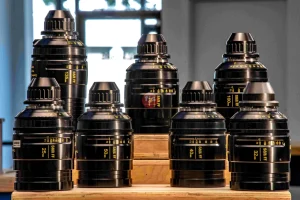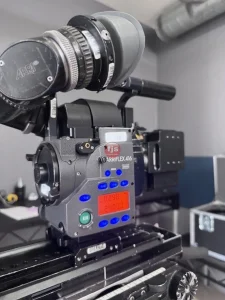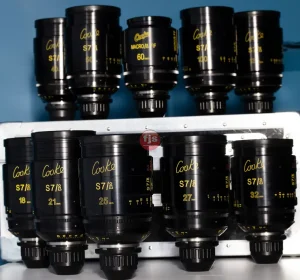Introduction:
Macro photography is a fascinating genre of photography that involves capturing minute details of subjects at a magnification greater than life-size. It allows photographers to explore the intricate beauty of small objects and reveal details that are often invisible to the naked eye. In this blog post, we will delve into the world of macro photography, exploring its history, technical details, usage, and its significance in the industry.
- What is macro photography?
Macro photography, also known as close-up photography, is a technique that involves capturing images of subjects at a magnification greater than life-size. It enables photographers to showcase the intricate textures, patterns, and details of small objects, revealing a whole new world that often goes unnoticed. With macro photography, the subject becomes the main focus, drawing attention to its minute features. - What is a macro lens?
A macro lens is a specialized lens designed for close-up photography. It allows photographers to focus on subjects at a very close distance, resulting in high levels of magnification. These lenses are specifically designed to provide optimal sharpness, clarity, and minimal distortion when capturing small subjects. Macro lenses come in different focal lengths, such as 50mm, 100mm, and 180mm, offering versatile options for capturing various subjects and achieving different levels of magnification. - What is depth of field in macro photography?
Depth of field refers to the area in an image that appears sharp and in focus. In macro photography, achieving a shallow depth of field is often desirable as it helps to isolate the subject from its background, creating a visually pleasing and impactful image. However, due to the close proximity to the subject, achieving a shallow depth of field in macro photography can be challenging. Photographers often utilize techniques like focus stacking to extend the depth of field and ensure that the entire subject is in focus. - What is the history of macro photography?
The history of macro photography can be traced back to the early 20th century when photographers began experimenting with capturing extreme close-ups of small objects. Initially, photographers used bellows attachments and extension tubes to achieve the desired magnification. As technology advanced, the development of dedicated macro lenses made it easier for photographers to capture detailed close-ups. Macro photography gained popularity in the 1970s and has since become a widely practiced genre in the field of photography. - How is macro photography used?
Macro photography finds its applications in various fields, including nature, product photography, scientific research, and artistic expression. In nature photography, macro lenses allow photographers to capture the intricate details of flowers, insects, and other small creatures. Product photographers use macro photography to highlight the textures and fine details of their subjects, creating visually appealing images for advertising purposes. Additionally, macro photography plays a crucial role in scientific research, aiding in the study and documentation of small organisms and structures. - What is the significance of macro photography in the industry?
Macro photography has become an integral part of the photography industry, offering unique perspectives and captivating images. It allows photographers to explore the often-overlooked beauty of small subjects, opening up endless creative possibilities. With the rise of social media platforms and online marketplaces, macro photography has gained popularity among photography enthusiasts and professionals alike. The ability to capture stunning close-ups has become a valuable skill, setting photographers apart in a competitive industry.
Conclusion:
In conclusion, macro photography offers a captivating glimpse into the intricate details of small subjects, revealing a world that often goes unnoticed. Through the use of macro lenses, photographers can capture close-ups that showcase the beauty and complexity of everyday objects. Whether used in nature, product photography, or scientific research, macro photography continues to play a significant role in the photography industry, providing unique perspectives and inspiring creativity. So, grab your macro lens and start exploring the fascinating world of close-up photography today!








